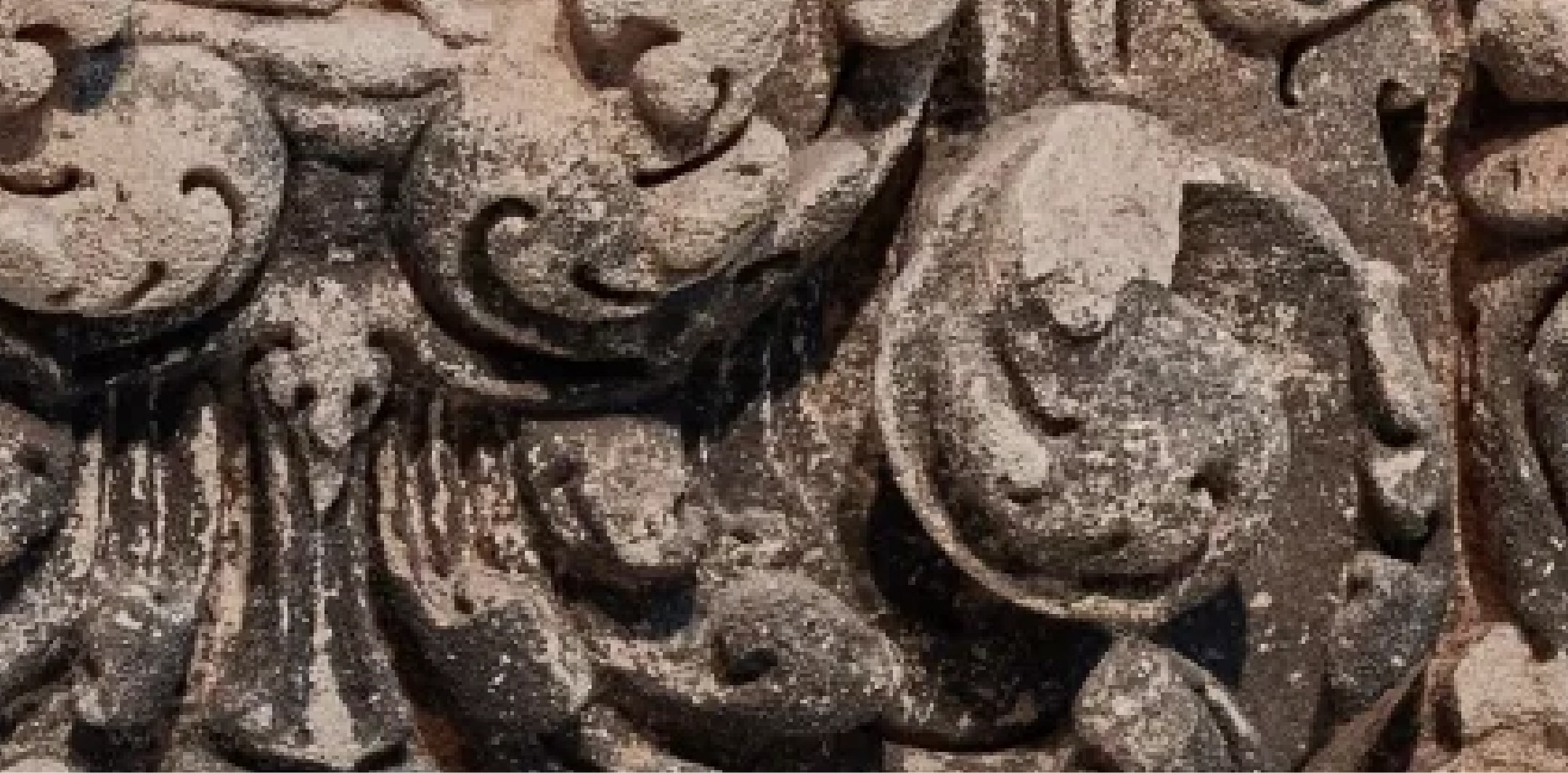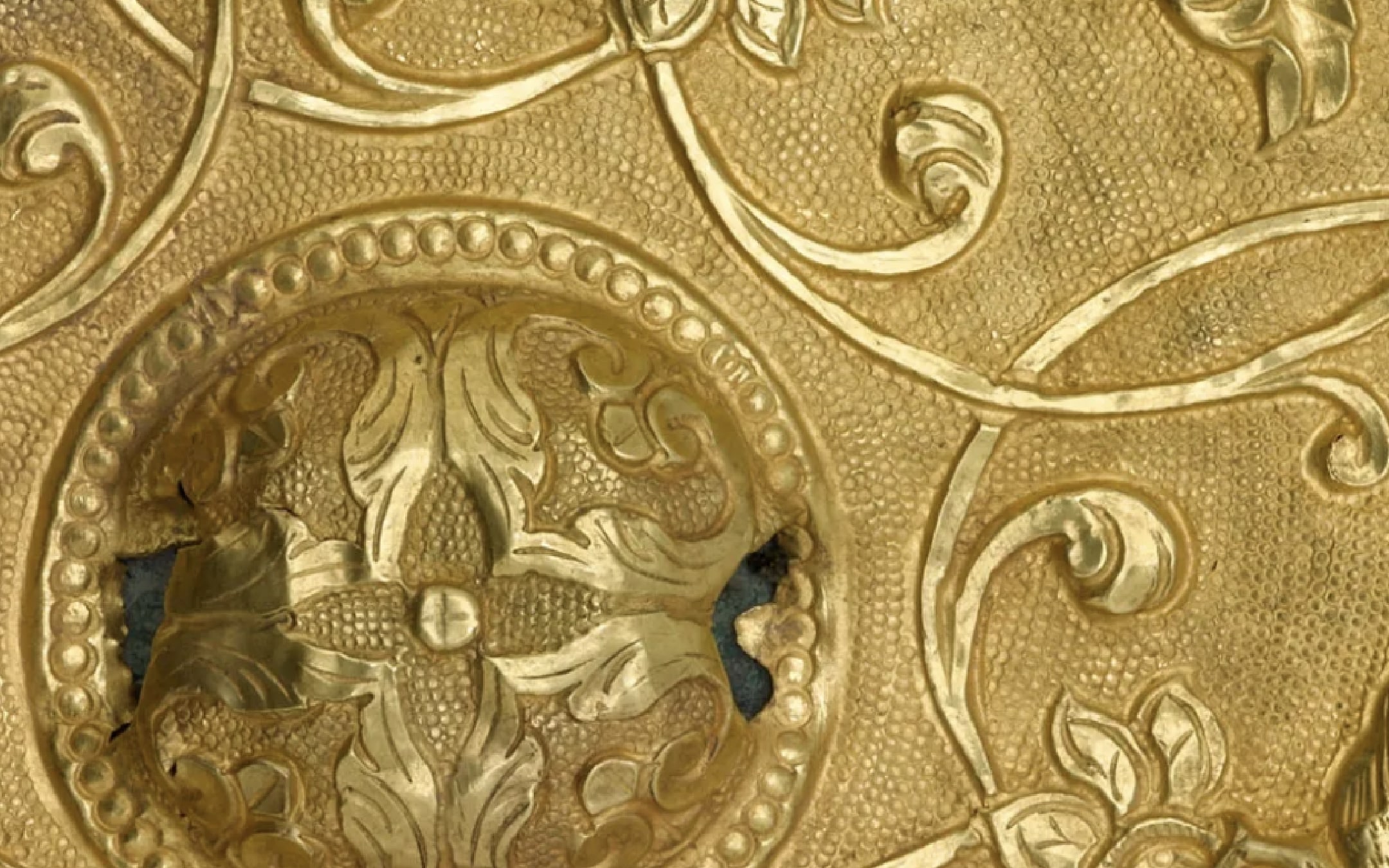Qur'an

Terms of Use
Usage Conditions ApplyAt A Glance
-
Period
12th century -
Geography
Iran -
Material
Ink, color and gold on paper -
Dimension
H x W: 31.3 x 20.1 cm (12 5/16 x 7 15/16 in) -
Accession Number
F1937.46.1-249a-b -
EDAN ID
edanmdm:fsg_F1937.46.1-249a-b
Object Details
-
Description
Manuscript; a selection (juz') of Qur'an; Arabic in black "eastern kufic (New Style)" script with several folios in naskhi script; gold headings with palmettes extending into the margin; vocalized in green and red; 241 folios, three unbound folios (frontispiece and fol. 1), verse markers, roundels; palmettes; standard page: one column, 10 lines of text.Border: the manuscript is bound in brown leather over paper pasteboards with blind tooling; the lower and upper cover both have a border of multiple fillets; the envelop flap has a gold medallion at the tip of the flap. -
Inscriptions
Frontispiece, "The Koran is God's word uncreated, and he who claims that it is created is an infidel, by God." -
Label
By the twelfth century a number of regional kufic styles, each with its own distinct ornamental features, developed throughout the Islamic world. This folio from a Qur'an is written in the "eastern" kufic script favored in Iran and Central Asia. Slender, elongated letters with certain flourishes predominate, and the vertical strokes often terminate in "barbed" heads. The development of this elegant and fluid script coincided with the widespread use of paper, which allowed for a greater degree of experimentation with size, format, and calligraphic styles.The text is from the seventy-seventh chapter, entitled "Those Sent Forth" (Al-Mursalat), which describes the horrors of the hereafter for those who reject the truth. -
Provenance
To 1937Hagop Kevorkian (1872-1962), New York. [1]From 1937Freer Gallery of Art, purchased from Hagop Kevorkian, New York. [2]Notes:[1] Curatorial Remark 1 in the object record.[2] See note 1. -
Collection
Freer Gallery of Art Collection -
Exhibition History
Engaging the Senses (October 14, 2017 - ongoing)The Art of the Qur’an: Treasures from the Museum of Turkish and Islamic Arts (October 22, 2016 to February 20, 2017)Arts of the Islamic World (May 3, 1998 to January 3, 2016)Islamic Calligraphy (May 14, 1981 to June 24, 1982)Near Eastern Art--Calligraphy (August 18, 1967 to February 10, 1972)Near Eastern Art (January 1, 1963 to August 18, 1967)Islamic Art, Gallery 6A (July 22, 1958 to June 5, 1964) -
Previous custodian or owner
Hagop Kevorkian (1872-1962) -
Origin
Iran -
Credit Line
Purchase — Charles Lang Freer Endowment -
Type
Manuscript -
Restrictions and Rights
Usage Conditions Apply
There are restrictions for re-using this media. For more information, visit the Smithsonian's Terms of Use page.
The information presented on this website may be revised and updated at any time as ongoing research progresses or as otherwise warranted. Pending any such revisions and updates, information on this site may be incomplete or inaccurate or may contain typographical errors. Neither the Smithsonian nor its regents, officers, employees, or agents make any representations about the accuracy, reliability, completeness, or timeliness of the information on the site. Use this site and the information provided on it subject to your own judgment. The National Museum of Asian Art welcomes information that would augment or clarify the ownership history of objects in their collections.
Keep Exploring
-
Related Resources
-
Date
-
Name
-
Topic
-
Culture
-
Language
-
Object Type

